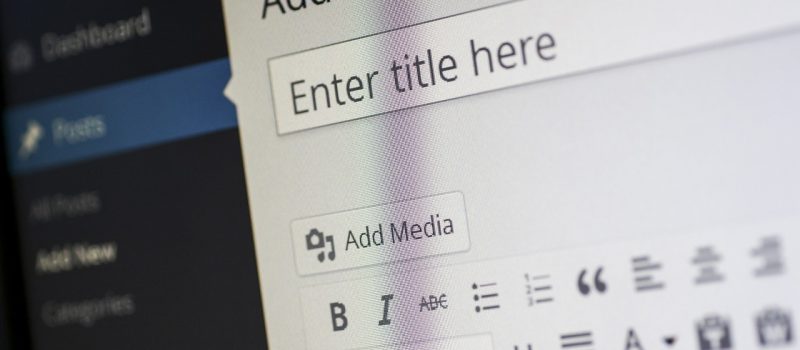Fractional content is a new type of content that has been created to make it easier to share and publish information. There are many benefits to this type of content, including easily updating your article as more developments arise. If you plan on using it, you should first read an article on fractional content. Here, we will discuss the basics of fractional content to decide if it would work well for your purposes.
Why Use Fractional Content?
 There are several reasons you might want to try using fractional content. One great benefit is that it allows people from all over the world, even those with disabilities or issues accessing devices, to access your information more easily. It also benefits search engine optimization because Google and other large corporations can use advanced algorithms to determine what type of content is being shared and how it can be best presented to the end-user.
There are several reasons you might want to try using fractional content. One great benefit is that it allows people from all over the world, even those with disabilities or issues accessing devices, to access your information more easily. It also benefits search engine optimization because Google and other large corporations can use advanced algorithms to determine what type of content is being shared and how it can be best presented to the end-user.
Drawbacks of Fractional Content
There are a few potential drawbacks to fractional content, though minimal. One is that it can be more difficult to format and appealingly design your article. Additionally, some people may prefer traditional articles over fractional content because it’s easier to skim or doesn’t require scrolling. However, these disadvantages should not outweigh the benefits of using fractional content, which are many. Many people should weigh them before they decide to use it.
Tips for Using Fractional Content
Fractional content is easy to share and update, so make sure to keep your article current. One of the mistakes of many people is that they have an article written a long time ago and does not reflect current information. This can lead to being penalized by Google or other search engines, so it’s important to keep your content as up-to-date as possible. Use a design that is appealing and easy to read. This is especially important if you use fractional content to publish information visually.
Fractional content is a new trend that has emerged in digital marketing. It’s all about giving your customers just the right amount of information they need to make an informed buying decision and then entice them to take action by clicking on ads or purchasing products. This technique can be very effective for brands with limited resources, such as smaller stores that don’t have full-time employees managing their social media accounts 24/7.

